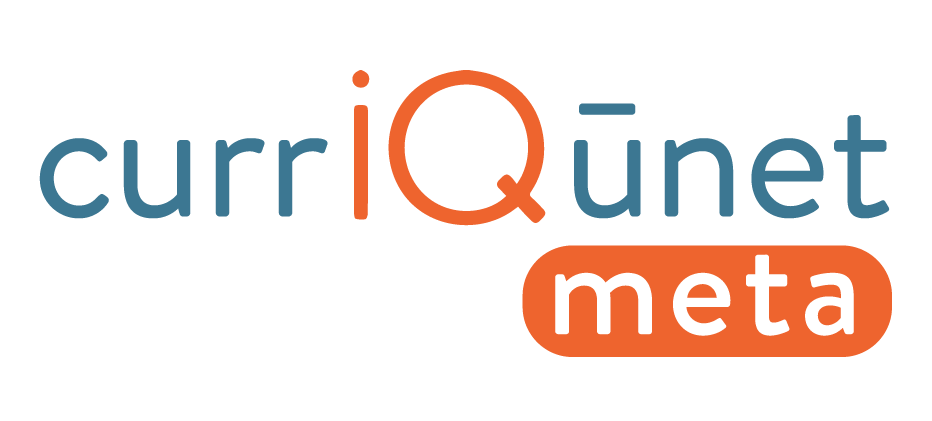First, there was the Gavilan College course catalog, a book as current as the day it was published. Then, there were PDFs of catalog pages posted on the school website. Today, the catalog is digital, providing updated and searchable information on programs, classes, admissions requirements, student activities and more.
“This is how most students want to access information,’’ says Jan Bernstein Chargin, director of public information for the Gilroy, California, school. “We had gotten complaints about the clunky PDFs. Now, anyone can find whatever they need very quickly and easily, and it’s accessible to people using assistive reading devices.”
Improved efficiency
The digital catalog was built by currIQ«net META, a web-based curriculum management system that also manages development, review and approval of academic courses and programs. After implementing the currIQ«net solution in 2017, Gavilan staff migrated curriculum information into META, which ensures that courses are appropriately sequenced, numbered and described with expected outcomes.
“We have one centralized point of truth,” Chargin says. “We publish the most current, approved curriculum, and everything is consistent and updated in one place. It’s easy to track proposed course or program progress, and everyone has access to the same data. It has greatly improved the efficiency of the curriculum workflow.”
Gone are the days of paper forms. Staff simply enter data into currIQ«net META, which automatically assigns the correct coding and data elements that used to require manual research. “With currIQ«net, people can put their time and effort into the content rather than the form,” Chargin says.
Insightful data
The currIQ«net platform links curriculum data, processes and users so college staff can evaluate the effectiveness of programs and courses. It provides insights that can help Gavilan leaders better serve their 9,000 students and the public.
“We publish the most current, approved curriculum, and everything is consistent and updated in one place.”
“At the end of the semester, we’ll look at which catalog pages got the most traffic,” Chargin says. “We’ll see how people are using the digital catalog, and continue to make improvements.”
Positive feedback
While the digital catalog has only been online since fall, feedback has been positive. Even resistant staff members quickly came around after Chargin demonstrated how the resource works.
 “Once they saw what it could do, they were sold,” she says. “People understood that, yes, there was a learning curve and an adjustment, but look at how much easier and better it is for our students. Having a single source of catalog references will benefit all student services and take the ambiguity out of educational planning. It’s all about the students.”
“Once they saw what it could do, they were sold,” she says. “People understood that, yes, there was a learning curve and an adjustment, but look at how much easier and better it is for our students. Having a single source of catalog references will benefit all student services and take the ambiguity out of educational planning. It’s all about the students.”
For more information, please visit currIQunet.com

